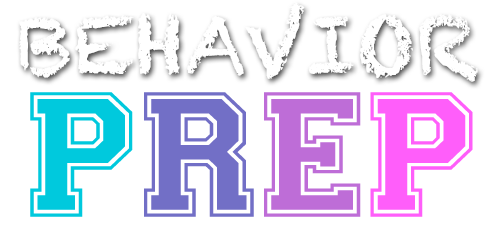C.9 Select a measurement procedure to obtain representative data that accounts for the critical dimension of the behavior and environmental constraints
Providing a clear explanation and example of how to select a measurement procedure that effectively captures the critical dimension of a behavior while accounting for environmental constraint.
Measurement Procedure Selection
Selecting an appropriate measurement procedure involves choosing a method that accurately captures the critical dimension of the target behavior (e.g., frequency, duration, intensity) while considering any environmental constraints that may affect data collection. The goal is to ensure that the data gathered is representative of the behavior in its natural context.
Consider the Logistics of Observing and Recording
Take into account the practical considerations of observing and recording the behavior. Consider factors such as the setting, available resources, time constraints, and the feasibility of continuous observation.
Example: If you are observing a behavior in a busy public setting where continuous observation is not practical, you may need to use intermittent sampling or time sampling methods to capture representative data.
